YSAR Geographical Information Systems – GIS for Schools Program
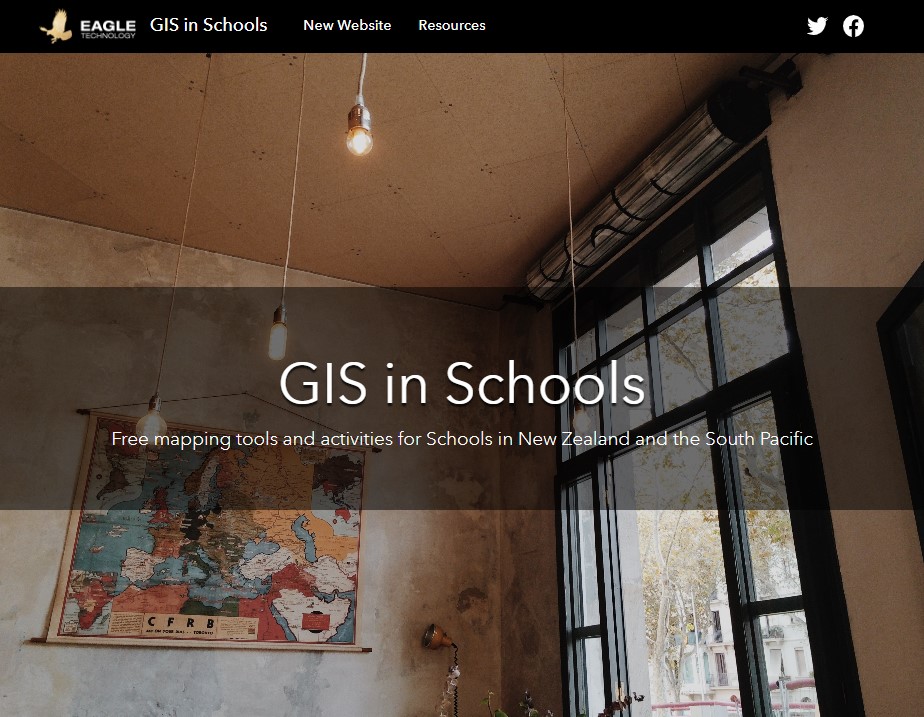
The YSAR GIS for Schools Program offers students access to valuable GIS (Geographic Information Systems) resources. The program is provided through Eagle Technology Group and includes an ArcGIS Pro Advance license worth $6500 NZD per student per year. Students can access it at https://ysarnewzealand.maps.arcgis.com/. The ESRI GIS for Schools program offers additional benefits, such as cutting-edge technology, hands-on learning opportunities, educational resources, and collaborative opportunities.
One standout feature of the ArcGIS Pro Advance license is the ability to create captivating Story Maps, which help students convey information visually and interactively. Story Maps enhance projects, encourage real-world applications, and prepare students for future career opportunities.
Overall, the ESRI GIS for Schools program equips YSAR students with the tools and knowledge needed to excel in GIS and spatial analysis. Interested students can find more information at https://www.esri.com/training/catalog/search/.
Enhanced Imaging Technologies: FLIR, Night Vision, LiDAR, and Synthetic Aperture Radar in Emergency Response
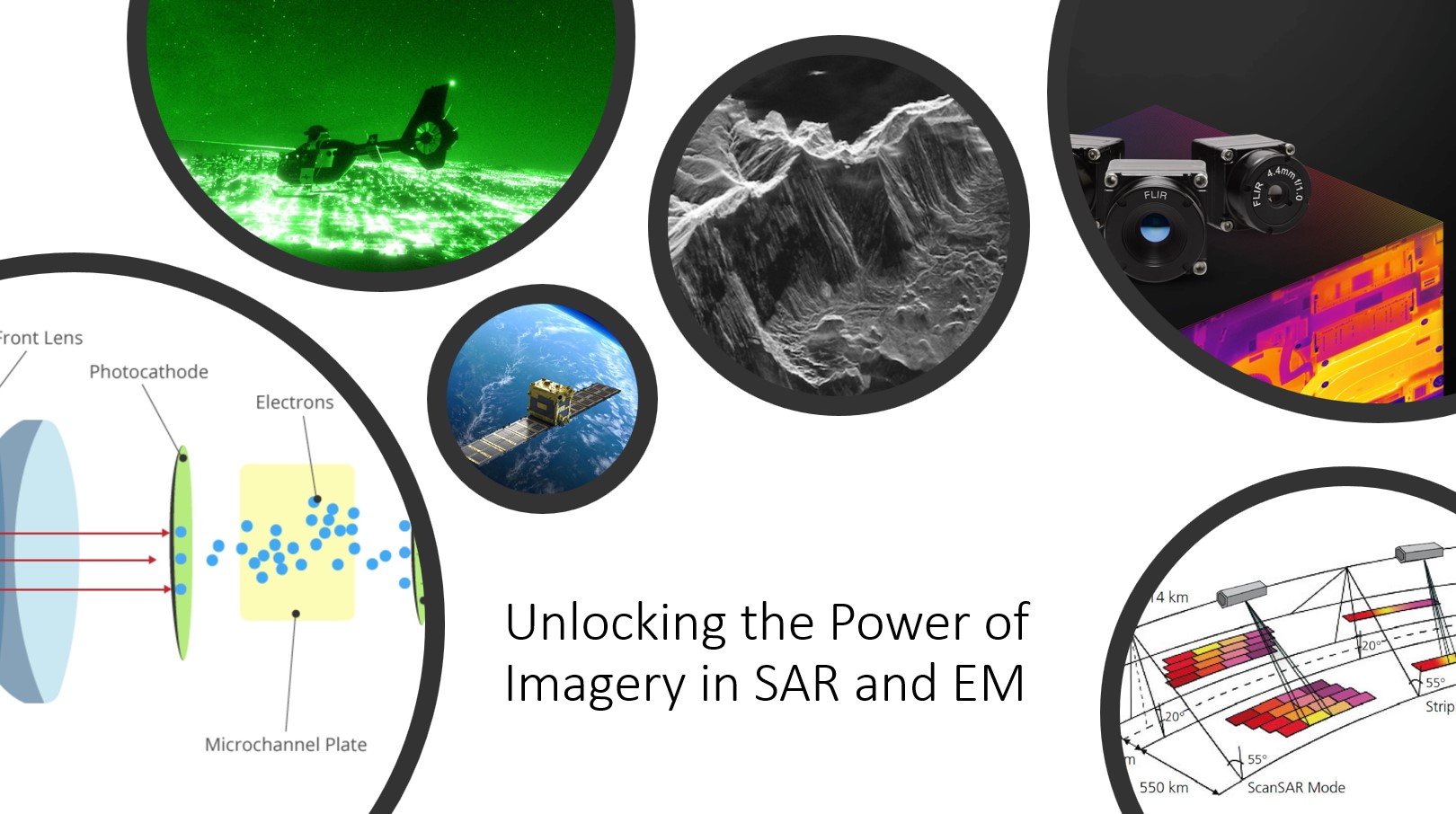
Foreword In the realm of search and rescue and emergency response operations, the utilization of advanced imagery technologies has become increasingly crucial for enhancing operational effectiveness and efficiency. In this […]
Harnessing Generative AI and LLM for SAR and Emergency Management
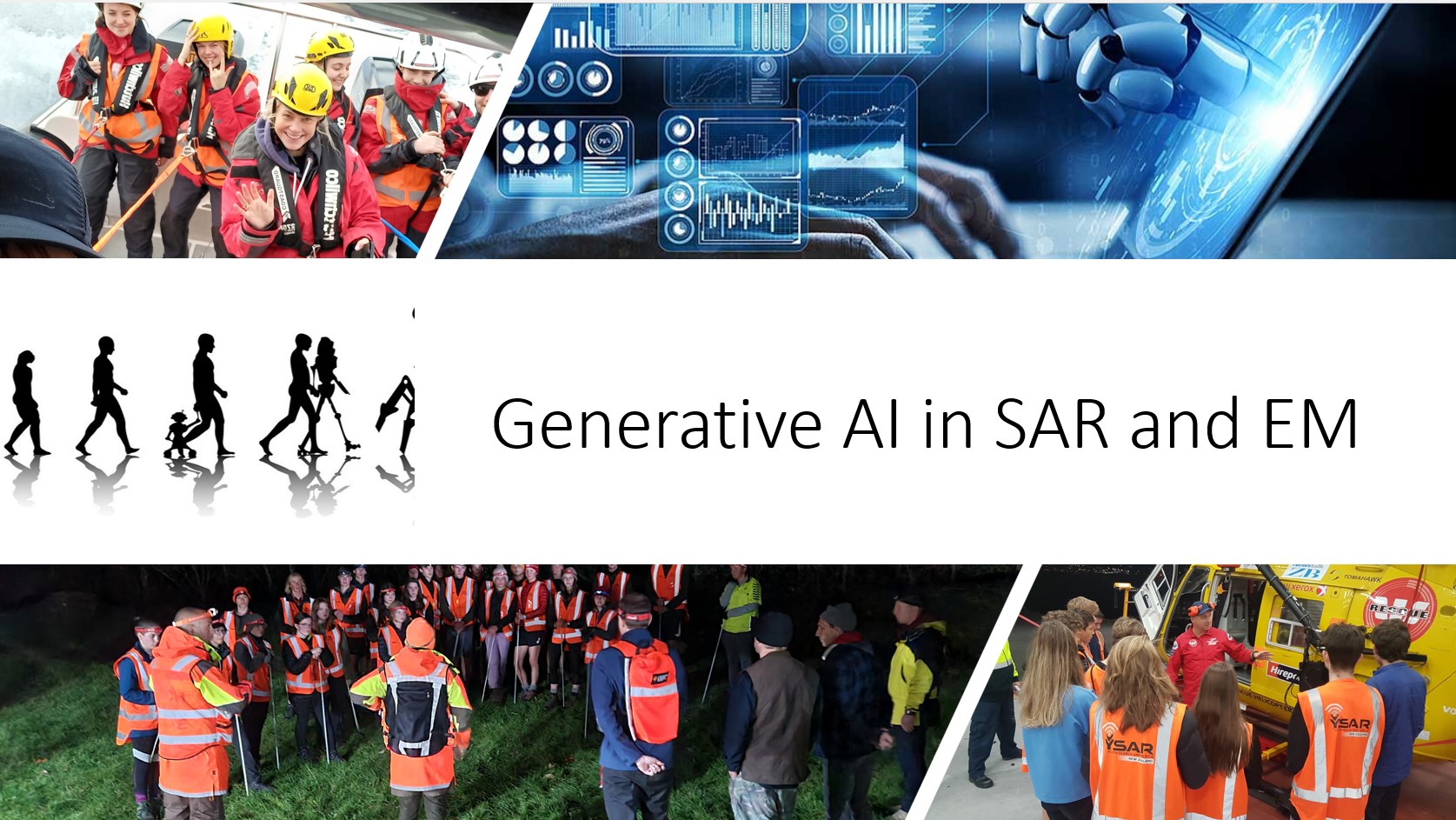
In recent years, the advancement of generative AI and Large Language Models (LLM) has opened up new possibilities for supporting Search and Rescue (SAR) and Emergency Management (EM) operations. The integration of AI technologies has the potential to enhance the existing capabilities of SAR and EM agencies, leading to improved resilience, readiness, response, and recovery efforts..
Understanding the Activation Process of Personal Locator Beacons (PLBs) and Emergency Position Indicating Radio Beacons (EPIRBs) in New Zealand
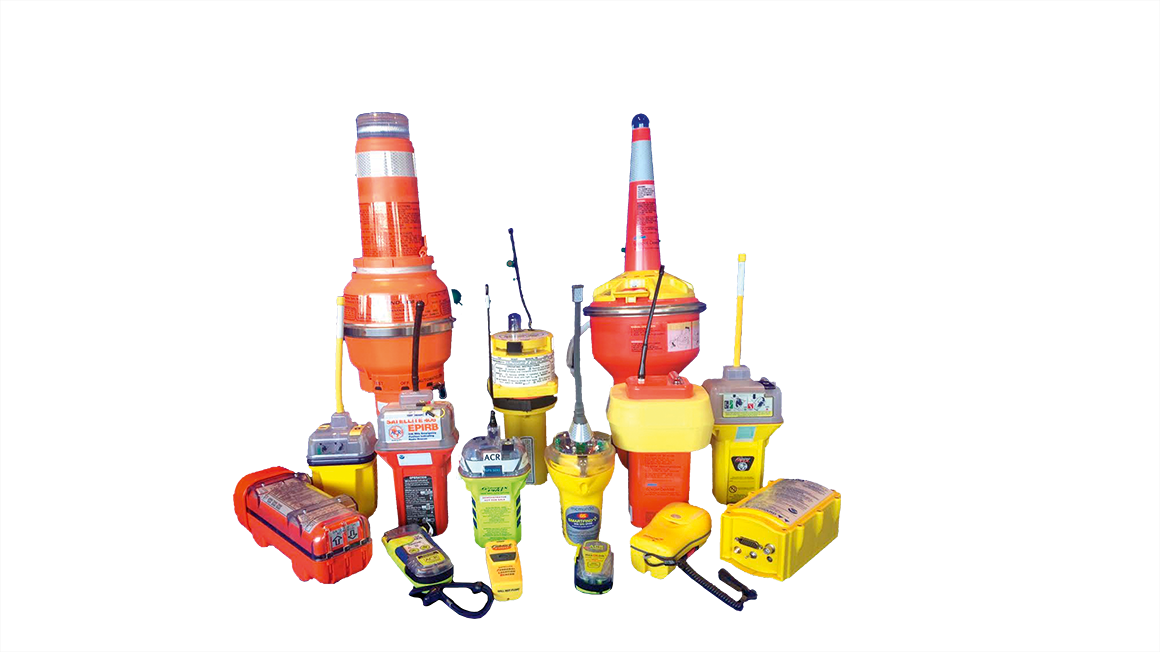
Have you ever thought about what actually happens when you flick the switch? In this blog post, we explain the steps involved when a Personal Locator Beacon (PLB) or Emergency […]
Race for 100% Cellular Coverage in NZ and Evolving Communication Landscape

Adaptation to New Technology for Communication in the Outdoors – Caution The telecommunications industry in New Zealand is experiencing a race among cellular companies to achieve 100% coverage across the […]
Leading the Future: The Competitive Edge of a Youth Innovation Team
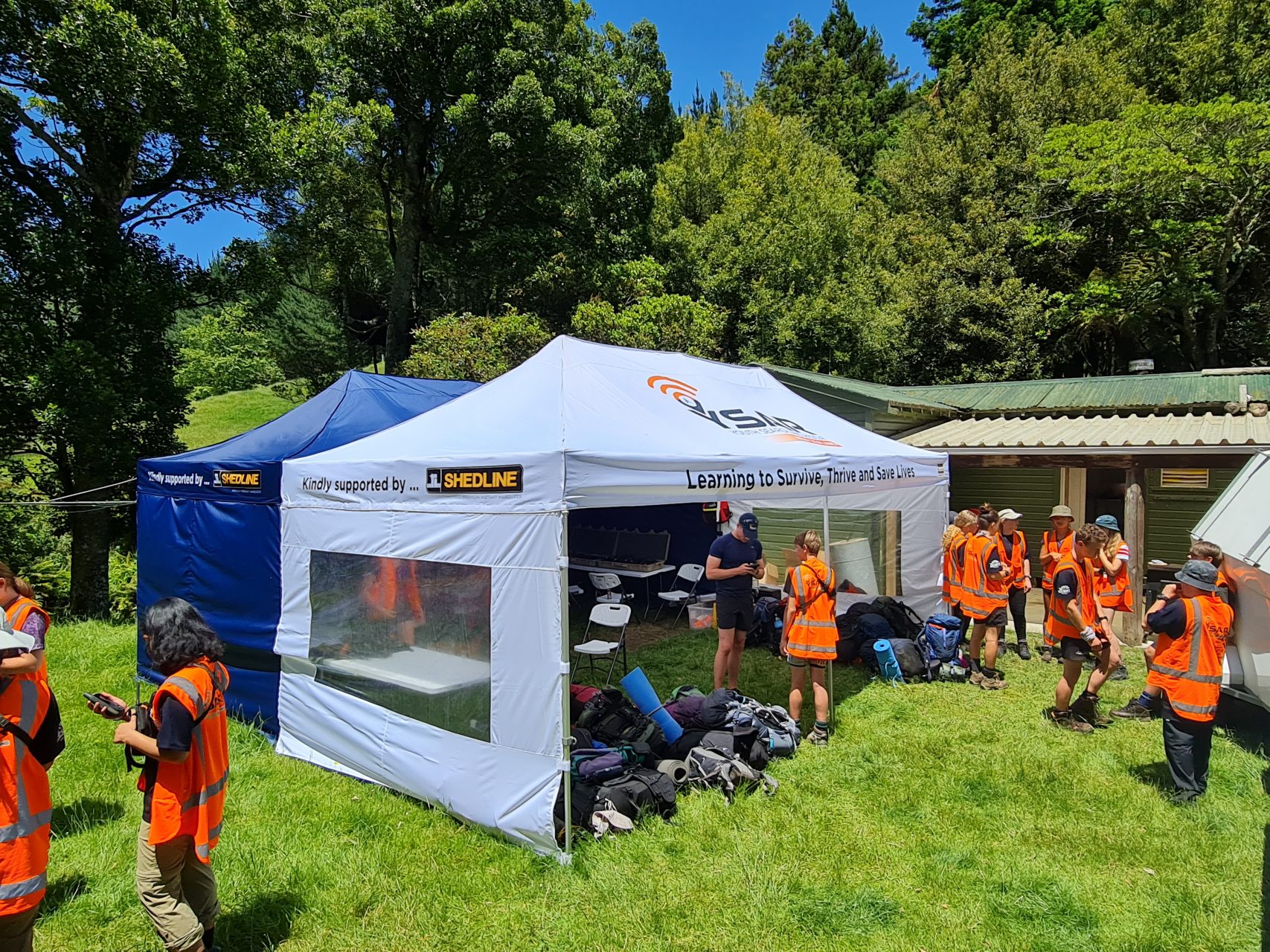
In today’s fast-moving business world, companies are always looking for ways to stay ahead of the game and keep their organizations up-to-date. One way they can do this is by […]
#SARScience – Promising new basis for active immunization against Alzheimer’s disease
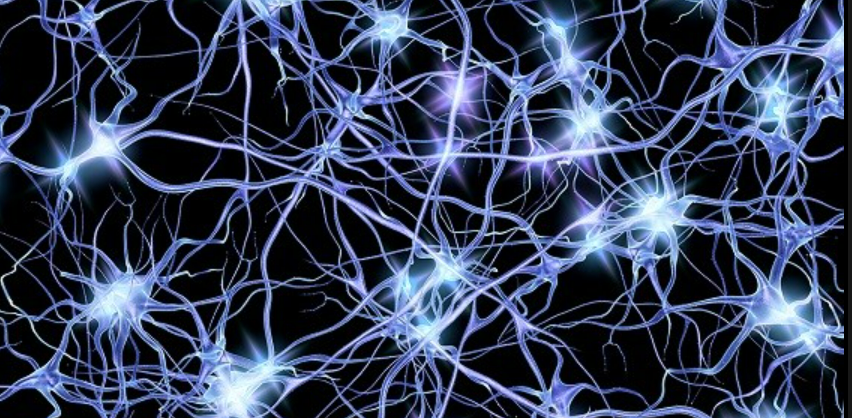
SAR training involves learning techniques when searching for missing dementia patients – we generally use the term wanders for missing persons. Patients lack the ability to use their natural georeferencing […]
Turning a mobile phone into a beacon with a UAV-based cellular search and rescue solution
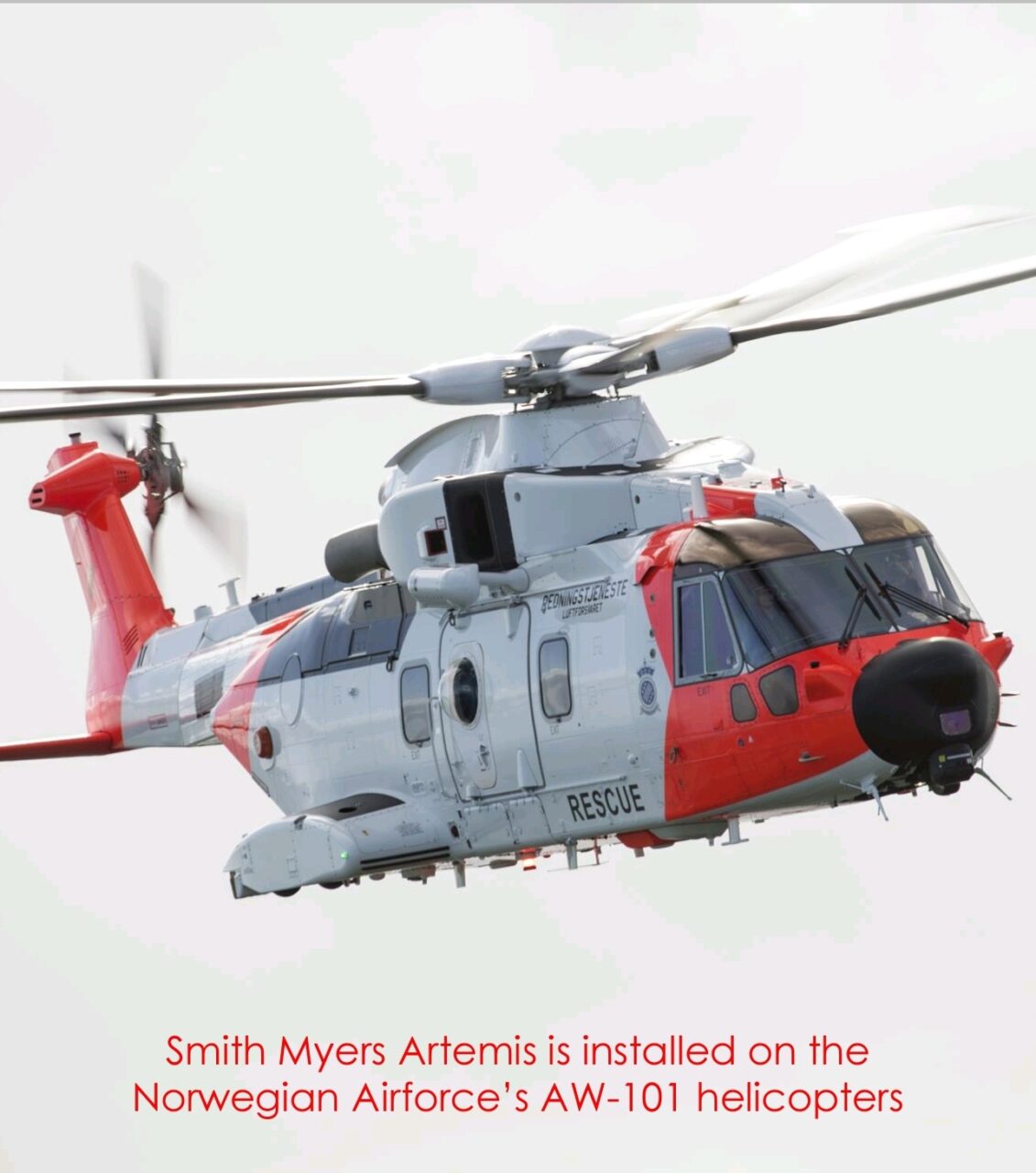
Opportunities for Australian SAR agencies to dial into mobile phone technology innovation was showcased at AAUS ROTORTECH 2022 Conference in June 2022. Advantages of Psuedo Base Station solutions like Smith […]
Starlink is set to significantly improve SAR and EM communications
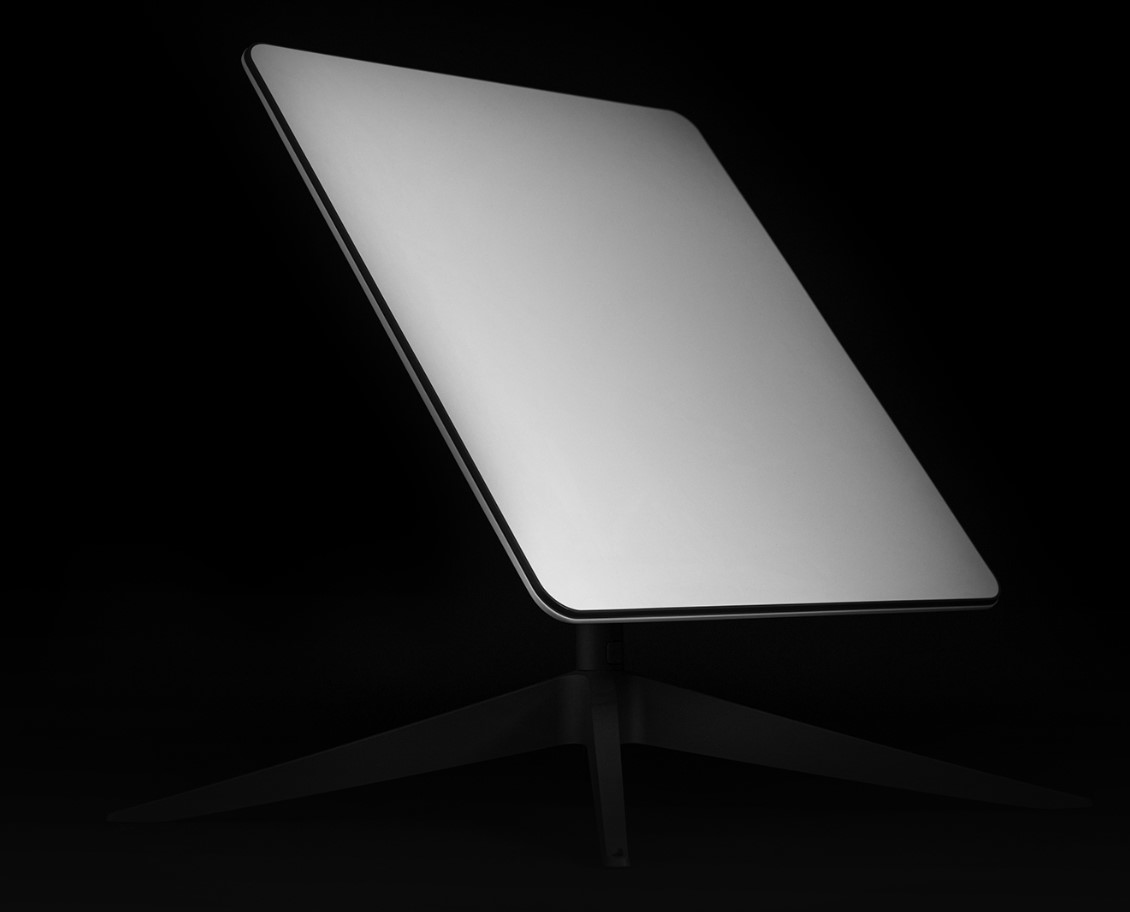
STARLINK BUSINESS – Communications application for SAR and EM on the horizon Since the use of PolSAR HF radios communications in the outdoors has had incremental changes over the years. […]
World Vision – Utilising technology in emergency response

While technology and innovation are not synonymous, the right technology can inspire and facilitate new and better ways to achieve our goal to protect children from the impact from disasters.
